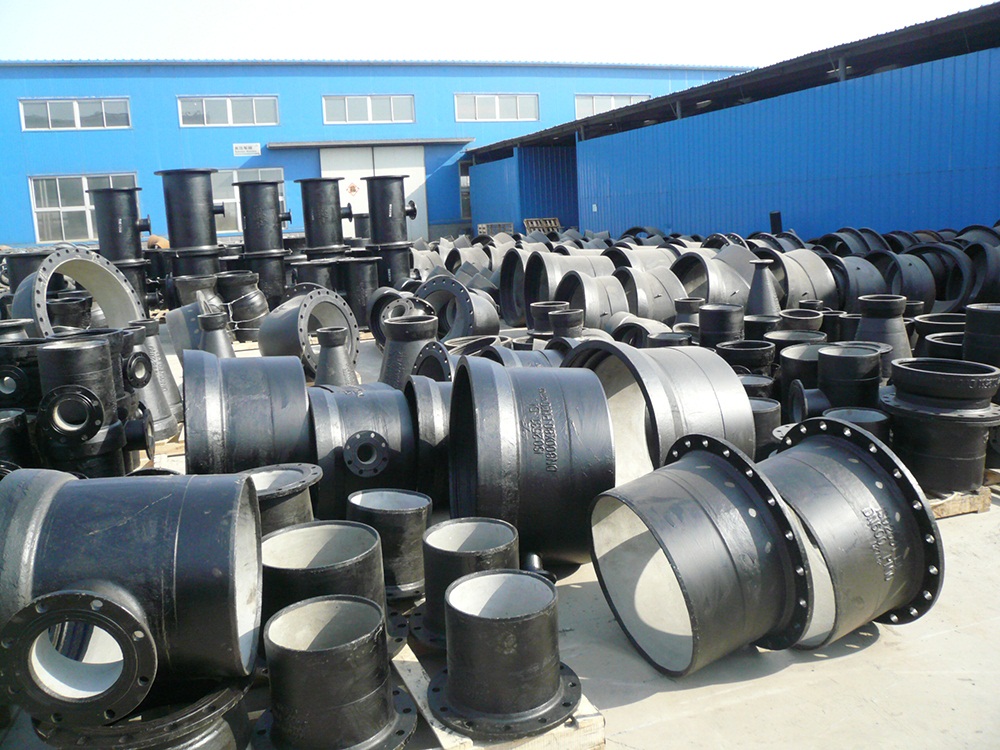Application Analysis of Flanged Pipe Fittings in High-Pressure and Corrosive Pipeline Environments
Oct. 10, 2025
In industrial fields such as petrochemicals, offshore oil and gas, and chemical engineering, high-pressure and corrosive pipeline environments pose severe challenges to pipeline components. As a key connection element, flanged pipe fittings not only need to withstand extreme pressure but also resist the erosion of corrosive media, making their application design and selection critical to system safety.
In high-pressure environments, flanged pipe fittings must first meet strict pressure-bearing requirements. The flange’s pressure rating must match or exceed the pipeline’s maximum operating pressure, with a safety margin of 1.2-1.5 times to prevent structural failure caused by pressure fluctuations or water hammer effects. For example, in offshore oil transmission pipelines, where operating pressures often reach 10-15MPa, forged steel flanges are preferred for their high tensile strength and impact resistance, avoiding the brittleness risk of cast flanges under high pressure.
Corrosive media further raise the bar for flanged pipe fittings’ material selection. Carbon steel flanges, though cost-effective, are prone to rust and corrosion in such environments, leading to seal failure or flange leakage. Thus, corrosion-resistant materials are essential: 316L stainless steel flanges, with molybdenum added to enhance pitting resistance, are widely used in seawater desalination pipelines; for strong acid environments, Hastelloy or titanium alloy flanges are selected for their exceptional chemical stability, though they come with higher costs.
Sealing performance is another core concern in these dual-challenged environments. Traditional asbestos gaskets are gradually replaced by non-asbestos materials like expanded graphite or PTFE composite gaskets. Expanded graphite gaskets, with high temperature and pressure resistance, work well in high-pressure steam pipelines with weak corrosion; PTFE gaskets, inert to most chemicals, are ideal for strong corrosive media but require careful torque control during installation to avoid creep deformation.
Installation and maintenance also directly affect the application of flanged pipe fittings. In high-pressure corrosive pipelines, flange connection bolts must use corrosion-resistant alloys and be tightened evenly using torque wrenches to ensure uniform flange surface pressure. Regular inspection is necessary too—ultrasonic testing can detect internal corrosion or cracks in flanges, while visual checks monitor gasket aging or bolt looseness, preventing leakage accidents.
To summarize, flanged pipe fittings in high-pressure and corrosive environments require a “material-pressure-seal” integrated design. By selecting appropriate materials, matching pressure ratings, and optimizing installation and maintenance, they can ensure long-term stable operation of pipelines. Despite higher initial costs, their reliability reduces downtime and maintenance expenses, making them indispensable in harsh industrial pipeline systems.

Previous: A Complete Guide to Tyton Push-on Socket Pipe Fittings: Structural Principles, Installation Advantages and Suitable Pipes?
Next: Study on Mechanical Properties and Corrosion Resistance of ISO2531 Ductile Iron Pipes


